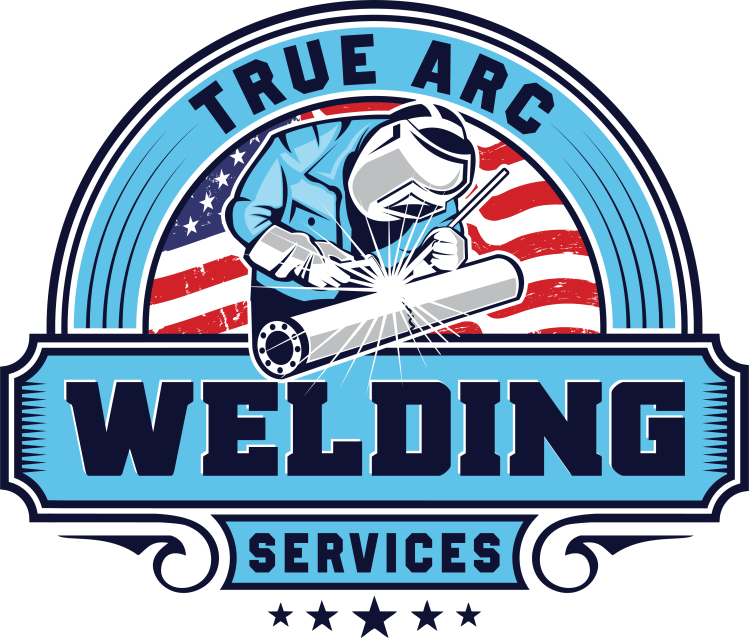Qualified Welding Inspection Service for Building Sites
Qualified Welding Inspection Service for Building Sites
Blog Article
Comprehending the Various Sorts Of Welding Techniques and Providers Available

Summary of Welding Techniques
Welding methods include a diverse array of techniques used to sign up with products together permanently. One common method is arc welding, which includes creating an electrical arc in between an electrode and the base material to thaw and fuse them together. This technique is versatile and can be made use of with numerous metals, making it one of one of the most extensively utilized welding processes.

Additionally, TIG welding, or Gas Tungsten Arc Welding (GTAW), is a clean and exact welding method that uses a non-consumable tungsten electrode to create the weld. TIG welding is commonly made use of for thinner products and provides outstanding control over the welding procedure. On the whole, recognizing these various welding methods is important for selecting one of the most suitable technique for various tasks.
Frequently Made Use Of Welding Techniques
A variety of typically used approaches are employed in the field of welding to successfully sign up with materials together. One of the most extensively made use of methods is Gas Metal Arc Welding (GMAW), also referred to as MIG welding. This technique makes use of a wire electrode that is fed via a welding gun, along with a protecting gas to safeguard the weld from pollutants in the air. One more typical method is Shielded Metal Arc Welding (SMAW), or stick welding, which makes use of a flux-coated electrode to develop the weld. Tungsten Inert Gas (TIG) welding is favored for its accuracy and adaptability, making use of a non-consumable tungsten electrode to generate the weld. Flux-Cored Arc Welding (FCAW) is generally used in industrial settings as a result of its high welding speed and mobility. In Addition, Submerged Arc Welding (SAW) is optimal for developing deep welds on thick materials. These generally utilized welding methods accommodate different requirements and products, providing alternatives for different welding applications.
Advanced Welding Provider
Structure upon the foundation of generally used welding methods, the realm of sophisticated welding services encompasses sophisticated techniques and modern technologies that push the borders of accuracy and effectiveness in product joining procedures. Advanced welding solutions often include specialized techniques such as laser welding, electron beam welding, and rubbing stir welding. Laser welding uses a very focused light beam of light to exactly join metals with minimal heat-affected zones, making it excellent for fragile or complex useful content elements. Electron beam welding, on the other hand, employs a high-velocity electron beam of light to create deep weld penetrations in products like aerospace alloys or dissimilar steels. Rubbing stir welding, a solid-state signing up with process, makes it possible for the welding of materials that are challenging to fuse utilizing traditional techniques, like aluminum and copper. These innovative methods offer improved control over the welding procedure, causing more powerful, a lot more durable welds with lowered distortion and improved general quality.
Specialized Welding Strategies

An additional specialized welding method is laser beam welding, where a highly concentrated beam of light of light is used to join steels with minimal heat-affected areas and distortion. These specialized welding methods showcase the diversity and technology existing this post in the field of welding, offering options for a vast array of industrial applications.

Picking the Right Welding Process
Selecting the appropriate welding procedure is vital in accomplishing optimum lead to steel construction and signing up with procedures. With various welding techniques readily available, it is crucial to consider elements such as the type of steel, density, joint layout, and preferred outcome when picking the ideal welding process - Welding Inspection Service. Amongst the usual welding approaches are Gas Steel Arc Welding (GMAW), Secured Metal Arc Welding (SMAW), Gas Tungsten Arc Welding (GTAW), and Flux-Cored Arc Welding (FCAW) GMAW, likewise understood as MIG welding, is suitable for welding slim to thick metals and is functional in numerous positions. On the various other hand, SMAW, or stick welding, is a reliable method for exterior and area welding due to its transportability and simplicity. GTAW, or TIG welding, is suitable for welding slim products and provides precise and high-quality welds. FCAW is preferred for welding thick products and is known for its high welding rates. Comprehending the characteristics of each welding procedure is necessary in picking the most ideal method for a specific welding task.
Verdict
To conclude, understanding the various sorts of welding methods and solutions available is important for choosing the right technique for a details project. By being mindful of the generally utilized welding approaches, progressed welding services, and specialized methods, people can make informed decisions to ensure the success of their welding tasks. It is very important to take into consideration aspects such as products, task demands, and budget when picking one of the most appropriate welding procedure.
From conventional methods like stick welding to cutting-edge processes such as laser welding, the globe of welding uses a wide range of choices for signing up with metals with each other.Additionally, TIG welding, or Gas Tungsten Arc Welding (GTAW), is a accurate and clean welding technique that uses a non-consumable tungsten electrode to develop the weld. Advanced welding solutions commonly include specialized techniques such as laser welding, electron beam welding, and rubbing stir welding. Among the typical welding methods are Gas Metal Arc Welding (GMAW), Secured Steel Arc Welding (SMAW), Gas Tungsten Arc Welding (GTAW), and Flux-Cored Arc Welding (FCAW) By being conscious of the typically utilized welding techniques, progressed welding services, and specialized strategies, people can make informed choices to make certain the success of their welding jobs.
Report this page